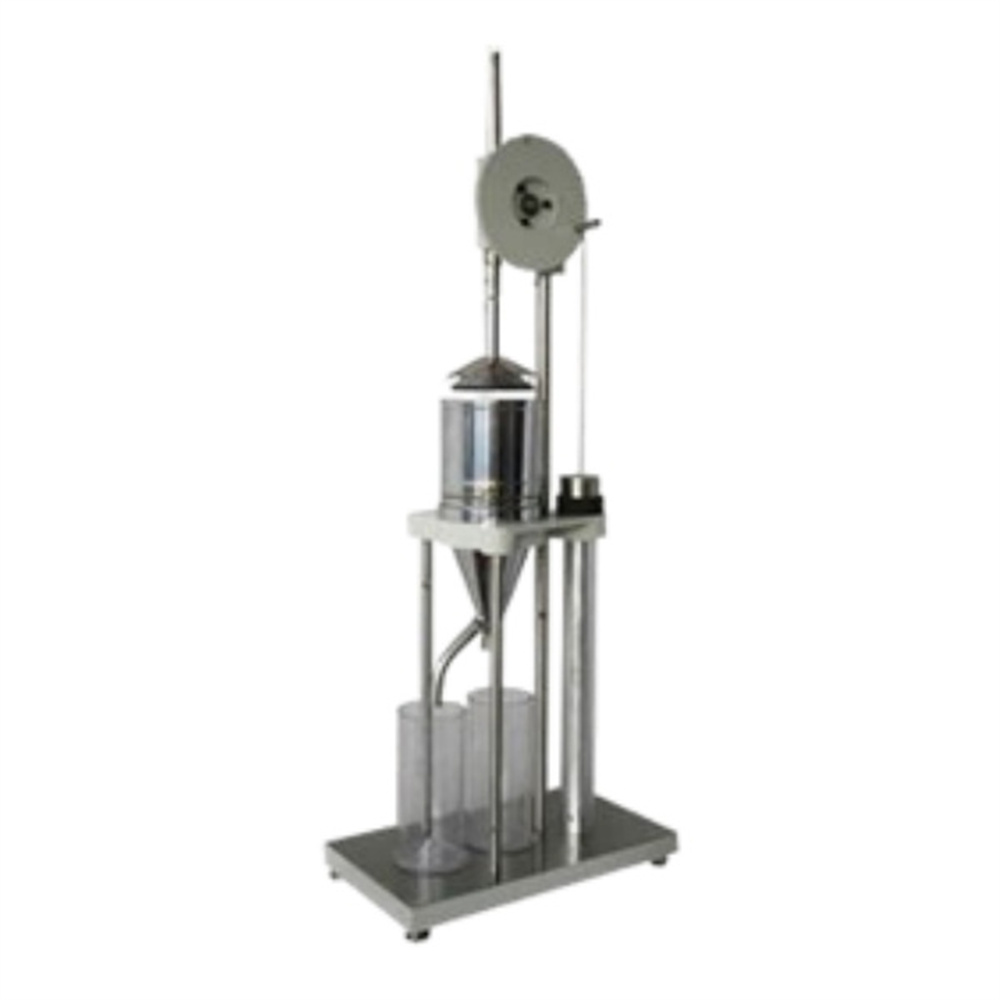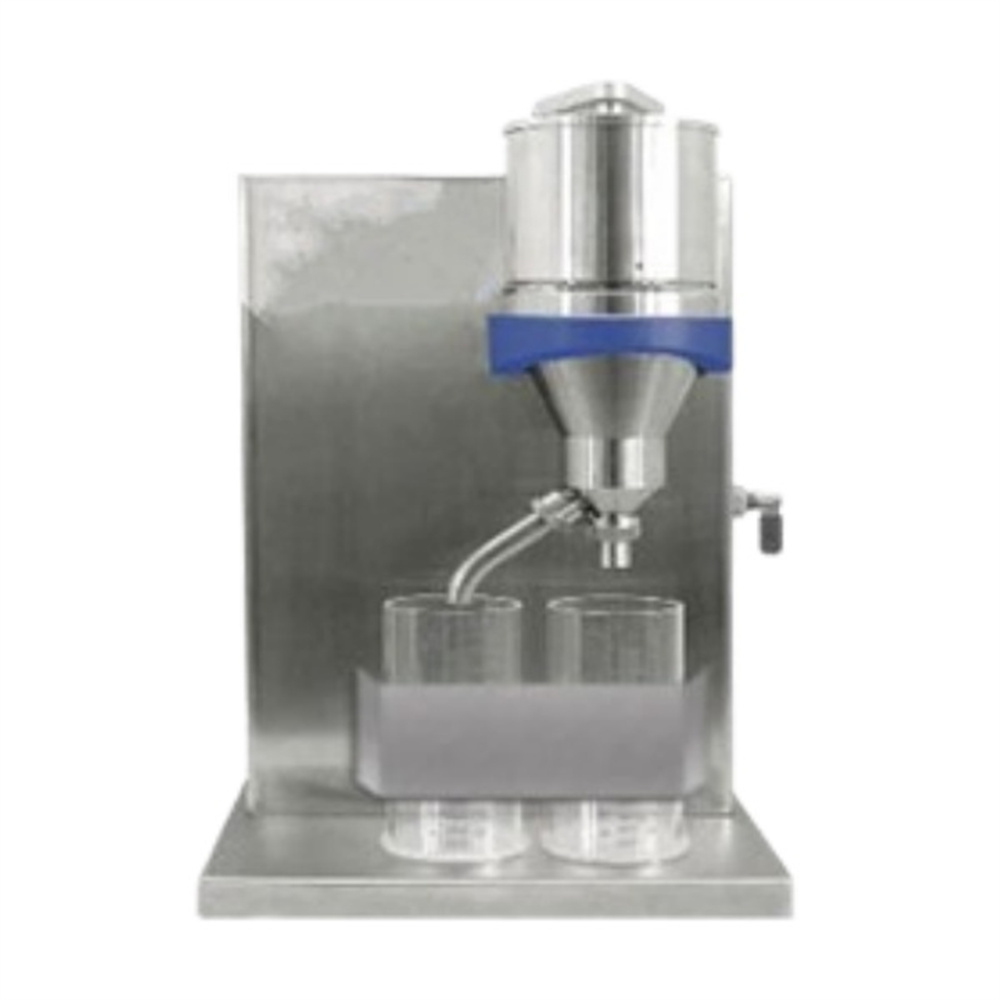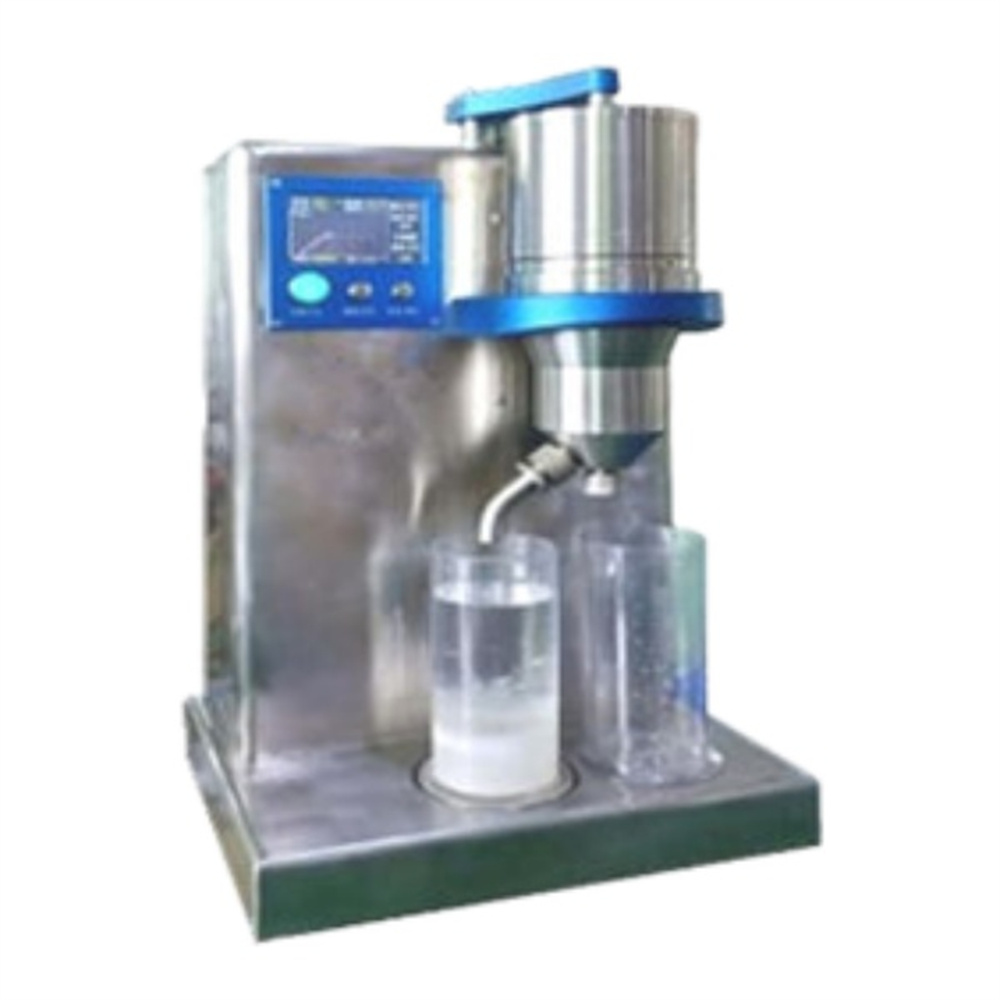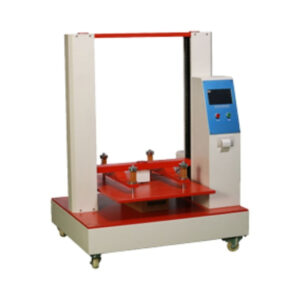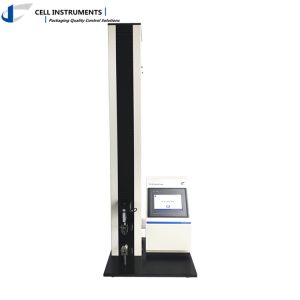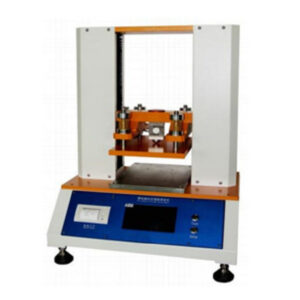Introduction to the Beating and Freeness Degree Tester for Paper Pulp
The Beating and Freeness Degree Tester for Paper Pulp is a highly specialized instrument designed to assess the drainability of pulp suspensions in water, providing critical insights into the physical characteristics of pulp fibers. The tester measures the Schopper-Riegler (SR) number, a key parameter used to evaluate the drainage properties of pulp. This test directly correlates with fiber surface conditions, swelling, and the degree of mechanical treatment the pulp has undergone, offering manufacturers, researchers, and quality control labs essential information for optimizing the paper-making process. The Beating and Freeness Degree Tester is widely used across industries involved in paper production, quality assurance, and pulp research.
What is the Schopper-Riegler (SR) Test?
The Schopper-Riegler test is used to determine the rate at which a dilute pulp suspension dewaters, measured by the Schopper-Riegler (SR) number. This test evaluates the drainage capacity of pulp, which is critical for understanding the fiber characteristics such as surface area and swelling. These properties are influenced by the level of mechanical treatment the pulp has been subjected to during production. The SR number is a valuable index for gauging pulp quality and is essential for ensuring consistency in the paper manufacturing process.
Основной параметр
| DJD-01 | |
| Measuring Range | 1~100 SR |
| Division Value of Measuring Cylinder | 1 SR |
| Orifice Draining Time | 149±1s |
| Residual Volume | (7.5~8.0)ml |
| Sealing Cone Raising Speed | 100±10mm/s |
| Измерение | 450*250*1200mm |
| DJD-02 | |
| Measuring Range | 1~100 SR |
| Операция | Auto Release |
| Sealing Adjustment | Auto Sealing |
| Side Orifice Adjustment | Adjustment button equipped, random setting of residual volume |
| Orifice Draining Time | 149±1s |
| Residual Volume | (7.5~8.0)ml |
| Sealing Cone Raising Speed | 100±10mm/s |
| Измерение | 410*360*760mm |
| DJD-03 | |
| Measuring Range | 1~100 SR |
| Display | Digital, drainage curve analysis |
| Разрешение | 0.1 SR |
| Операция | Auto Release |
| Sealing Adjustment | Auto Sealing |
| Side Orifice Adjustment | Adjustment button equipped, random setting of residual volume |
| Orifice Draining Time | 149±1s |
| Residual Volume | (7.5~8.0)ml |
| Sealing Cone Raising Speed | 100±10mm/s |
| Измерение | 410*360*760mm |
Test Methodology: How the Beating and Freeness Degree Tester Works
Test Process and Equipment Setup
- Preparation of Pulp Suspension: A predefined amount of pulp is mixed with water to create a pulp suspension. The suspension should be homogeneous to ensure accurate and reliable results during testing.
- Filtration Process: The pulp suspension is then drained through a fiber mat formed on a wire screen within the tester. The rate at which the water is filtered is controlled to capture the drainage time, which directly corresponds to the pulp’s dewatering behavior.
- Measuring the Discharge: As the water passes through the wire screen, it collects in a funnel connected to a measuring cylinder. The amount of discharge is carefully measured and recorded in milliliters, and the results are then converted into Schopper-Riegler numbers, indicating the pulp’s drainage rate.
- Интерпретация результатов: The Schopper-Riegler number reflects the pulp’s drainage ability, which in turn helps evaluate the level of mechanical treatment the pulp has undergone. A higher SR number generally indicates better drainage, suggesting that the pulp has been subjected to finer processing. This is crucial for adjusting pulp properties during production.
Standards and Compliance for Beating and Freeness Degree Testing
ИСО 5627: International Standard for Pulp Testing
The Beating and Freeness Degree Tester for Paper Pulp complies with the ИСО 5627 standard, which sets out the methods for determining the freeness of pulp, providing a standardized approach for assessing pulp drainage characteristics. This international standard ensures consistency and accuracy in testing, enabling laboratories and manufacturers to obtain reliable results for paper production.
Другие соответствующие стандарты
- GB/T 3332: This Chinese standard provides similar guidelines to ISO 5627 for evaluating pulp freeness and ensures compliance with national quality control requirements in pulp and paper industries.
- QB/T 1054: This standard outlines specific methods for pulp testing in China, which ensures consistency in pulp quality evaluation for the paper industry.
Benefits of the Beating and Freeness Degree Tester for Paper Pulp
The Beating and Freeness Degree Tester for Paper Pulp is a high-performance, easy-to-use device with several key benefits:
- Non-corrosive Construction: Made from durable materials resistant to corrosion, ensuring long-lasting operation in testing environments.
- Low Maintenance: With its simple design, the tester requires minimal maintenance, reducing operational downtime and costs.
- Stainless Steel Design: Constructed from high-quality stainless steel, the tester is robust and resistant to wear and tear, offering reliable performance over time.
- User-friendly: The instrument is designed to be intuitive and easy to operate, allowing for quick setup and accurate test results with minimal training required.
- Accurate Results: Provides precise Schopper-Riegler numbers, ensuring the accuracy and consistency of pulp testing, which is essential for quality control in paper production.
The Role of Paper Testing Machines in Pulp Evaluation
Overview of Paper Testing Machines
Paper testing machines, including the Beating and Freeness Degree Tester, play a vital role in the pulp and paper industry. These machines measure critical properties of pulp, such as drainage rate, strength, and fiber characteristics, helping manufacturers ensure that their pulp meets quality standards. The Beating and Freeness Degree Tester specifically focuses on assessing the dewatering capacity of pulp, providing valuable data for optimizing paper production processes.
Application Areas for Beating and Freeness Degree Testers
- Paper Manufacturing: The tester ensures that the pulp meets specific drainage and fiber characteristics necessary for producing high-quality paper products.
- Quality Control: It is an essential tool for quality assurance teams to monitor pulp consistency and evaluate the effectiveness of the mechanical treatments applied during production.
- Research and Development: The tester supports research and development by offering insights into how different mechanical processes affect pulp properties and drainage.
FAQs: Beating and Freeness Degree Tester for Paper Pulp
- What is the Schopper-Riegler number, and how is it related to pulp quality?
- The Schopper-Riegler number measures the drainage rate of pulp, which reflects the surface area and swelling of the fibers. A higher SR number indicates better pulp quality with more effective drainage properties.
- How do I prepare the pulp sample for the test?
- A predefined quantity of pulp is suspended in water, ensuring the suspension is homogeneous before testing to achieve consistent results.
- What standards are used for Beating and Freeness testing?
- The primary standard is ISO 5627, along with national standards such as GB/T 3332 and QB/T 1054, ensuring consistency across international and national quality control protocols.
- How does the Beating and Freeness Degree Tester help in paper manufacturing?
- It helps evaluate the dewatering characteristics of pulp, which is crucial for determining the quality and processing of pulp for paper production.
- What maintenance is required for the Beating and Freeness Degree Tester?
- The tester requires minimal maintenance. Regular cleaning of the chamber and components is recommended to prevent pulp residue buildup, ensuring accurate and consistent results.
The Beating and Freeness Degree Tester for Paper Pulp is an indispensable tool for evaluating the quality and characteristics of pulp during paper production. By accurately measuring the drainage capacity of pulp through the Schopper-Riegler test, this instrument helps paper manufacturers optimize their production processes, ensure product consistency, and maintain high standards of quality control. Whether you’re working in a paper mill, research facility, or quality control lab, this tester is designed to deliver reliable results for pulp assessment.

